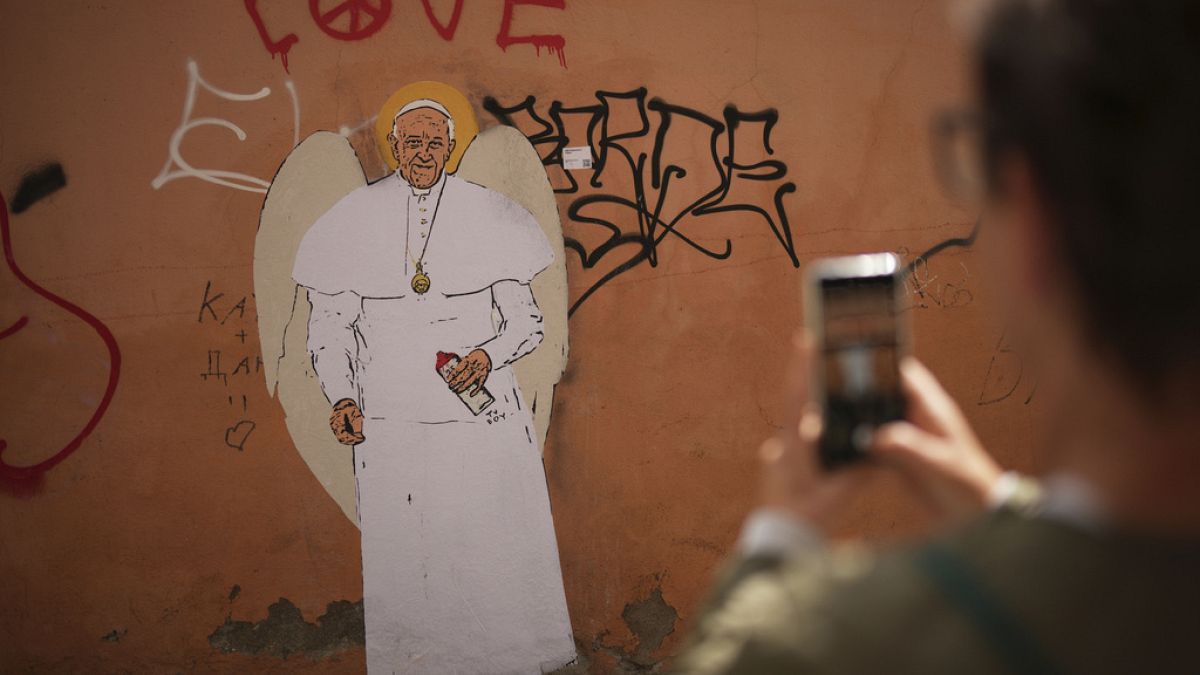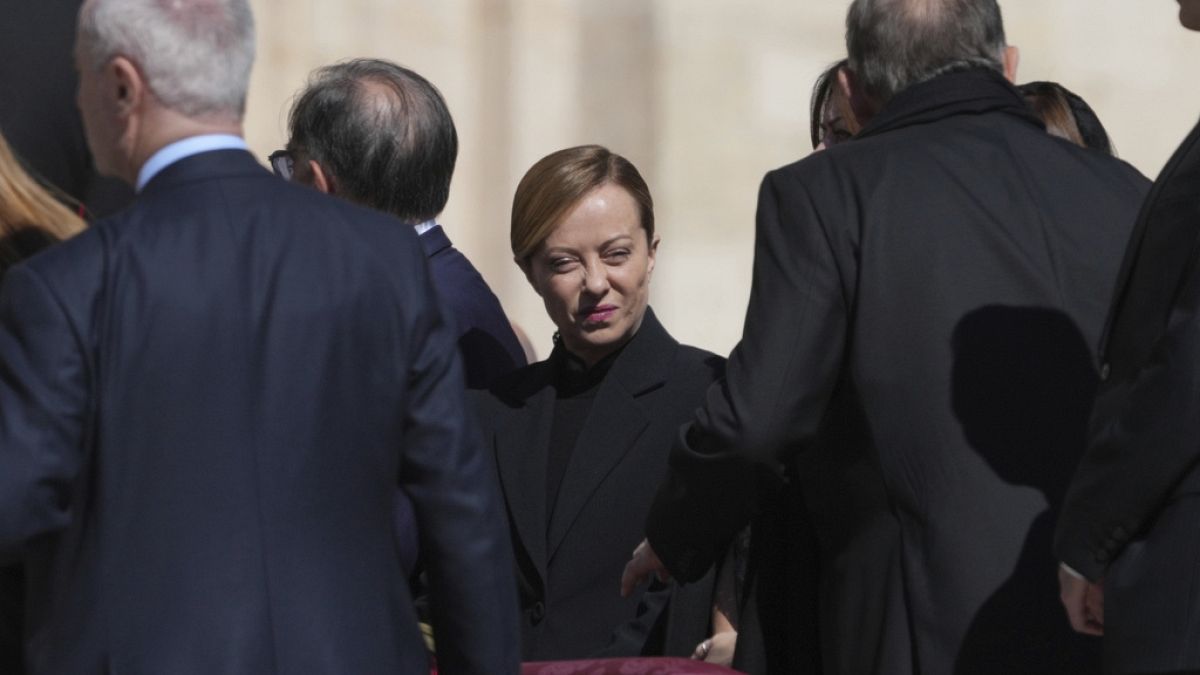The battle to return Wairarapa’s highway to 100km/h has been won but a new one is brewing.
Wairarapa leaders have called for an independent review of safety improvements previously made to State Highway 2.
“We’ve corrected one stupid decision. Now we have to focus on the other stupid decisions that have been made,” Carterton Mayor Ron Mark said.
The Government recently increased the speed limit from 80km/h to 100km/h on State Highway 2 between Masterton to Featherston — a move that many in the community had been pushing for.
Mark and Masterton Mayor Gary Caffell have asked Wairarapa MP Mike Butterick to “get the Minister of Transport to initiate an independent review of the safety improvements on SH2 between Carterton and Masterton”.
After years of planning and consultation, work began in 2022 on three new roundabouts and flexible safety barriers in various locations on the highway between Carterton and Masterton.
The work was part of a safety improvement programme delivering on the previous government’s Road to Zero directive.
The top speed on the stretch of road was also reduced to 80km/h but this was returned to 100km/h, driven by the coalition Government’s policy shift towards enforcement and road maintenance over speed reductions and safety infrastructure.
While the roundabouts have proved popular for road users, the median barriers and turn-around bays have drawn criticism.
Carterton Mayor Ron Mark said, because of the barriers, the Carterton-Masterton corridor was now too narrow, with limited ability for emergency services to pass other motorists safely.
It had created “choke points” that prevented first responders from passing slow moving vehicles such as tractors and harvesters, he said.
“That adds journey time for fire, ambulance, and police and jeopardises lives,” he said.
He said money would have been better spent acquiring land to widen the highway.
“The whole debacle smacks of academics and overzealous road safety engineers who do not live in Wairarapa making decisions and putting the local knowledge and lived experience of our folk to one side, to push an unrealistic, altruistic, and over the top safety agenda.”
Caffell supported the call for an independent review.
“Such a review should assess whether the modifications were warranted, if they represent value for money, and whether alternative solutions could have delivered better safety and accessibility outcomes,” he said.
“The narrowing of the carriageway and the installation of median barriers have, in some cases, introduced new risks that impact both public safety and emergency response capabilities.
“First responders being unable to overtake slow-moving vehicles is a significant issue, as is the increased risk posed to cyclists and motorists navigating these confined sections.”
Butterick said he had heard a range of opinions from experts, road users and individuals about what is safe and sensible for Wairarapa’s SH2 and that he would “continue to advocate for good community outcomes”.
“I have had some recent conversations about the median barrier and have asked NZTA for an update on any further works on this stretch of highway.”
‘Extensive consultation’ — NZTA
A spokesperson for NZTA said it had not received a formal request from the councils or mayors on the matter, “however, the local mayors have previously raised concerns in informal discussions with us”.
The spokesperson said the installation of safety features on SH2 between Masterton and Carterton was extensively consulted on with the community, including emergency service providers.
More than 1300 individual pieces of feedback was received on its final proposal.
There was a mixed response to median barriers, with some people supportive, as they stopped head-on crashes, while others raised concerns about passing opportunities and travel times.
The NZTA spokesperson said research showed median barriers reduced the number of people killed or seriously injured in crashes by 75%.
“Our most recent data shows the barriers have been struck 17 times since April last year.
“That is 17 potential head on crashes that have been prevented.”
Local Democracy Reporting is local-body journalism co-funded by RNZ and NZ On Air.












